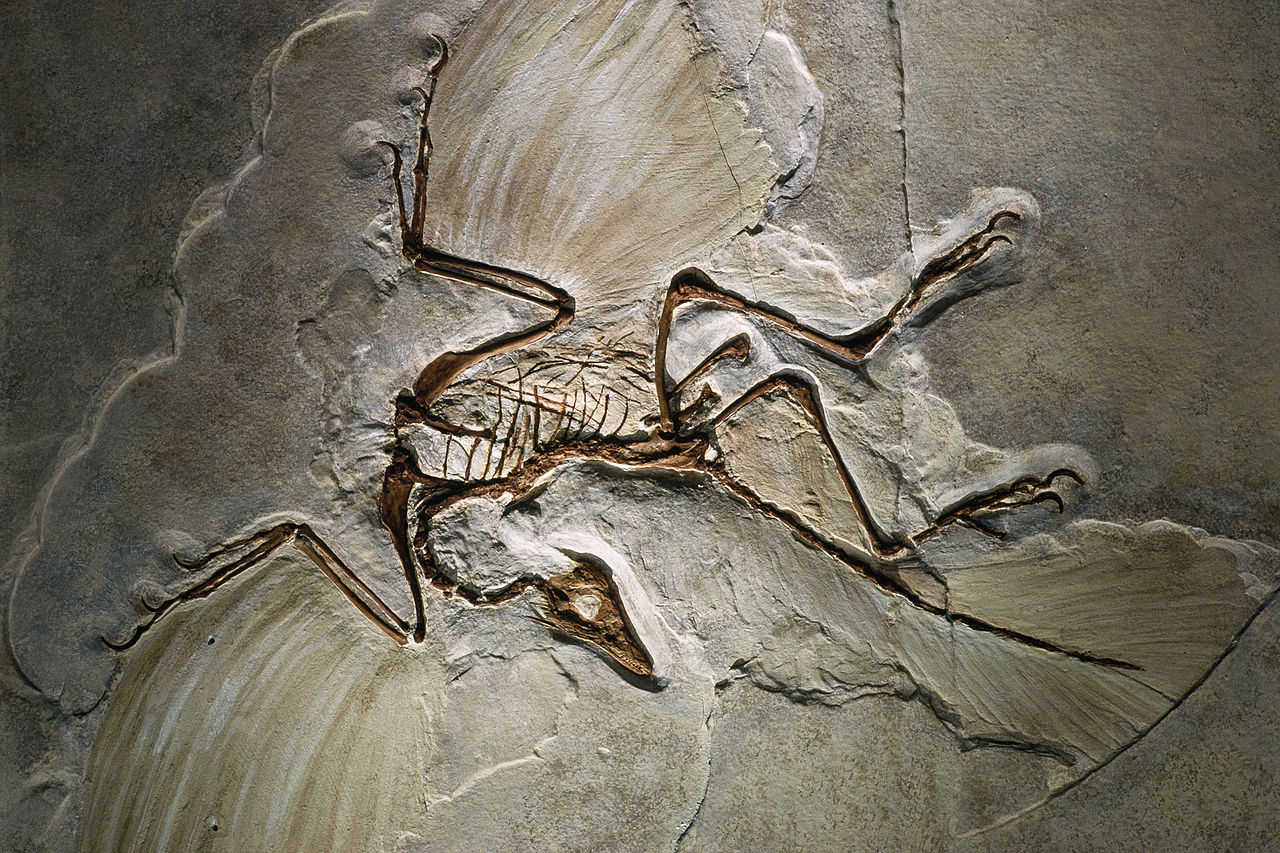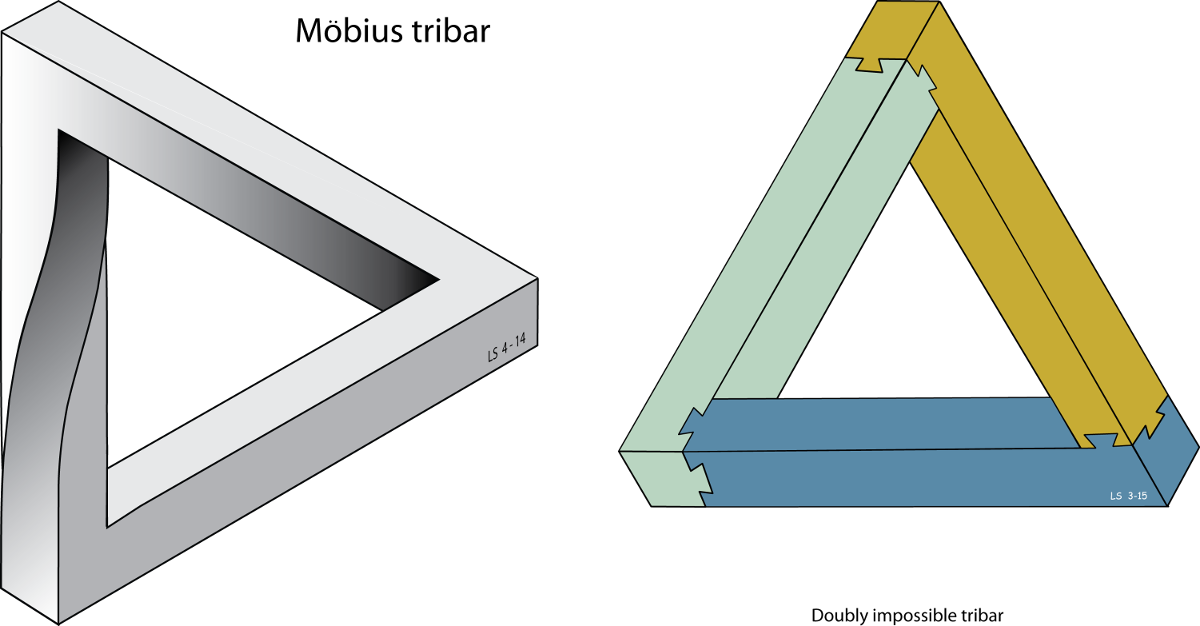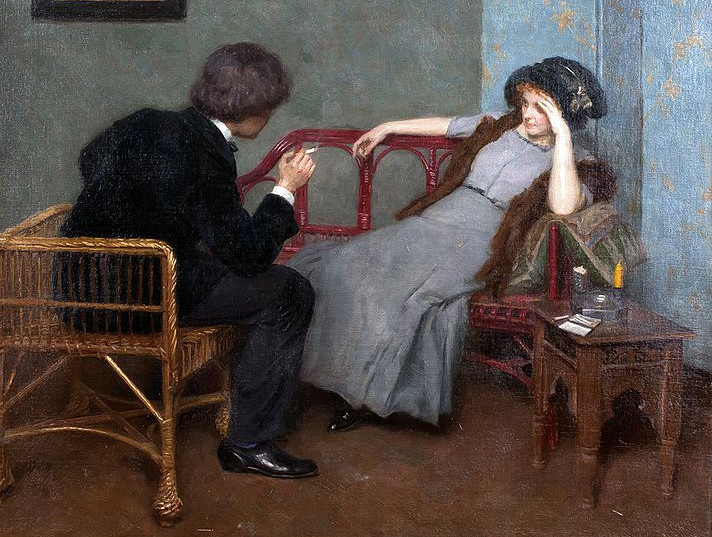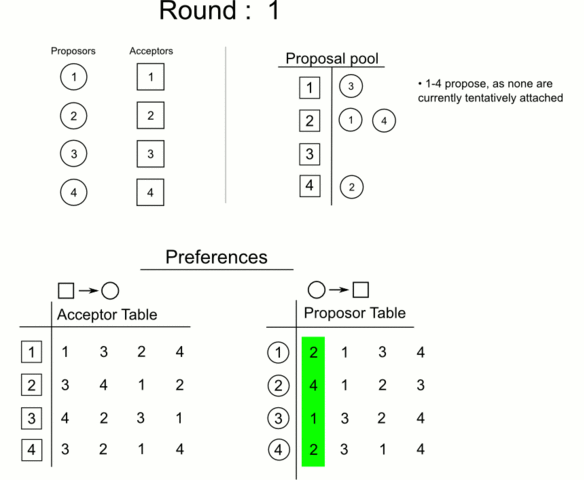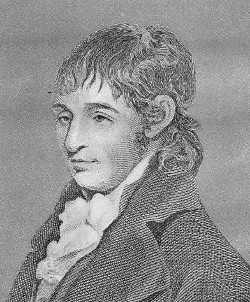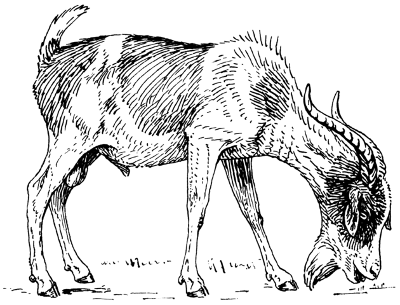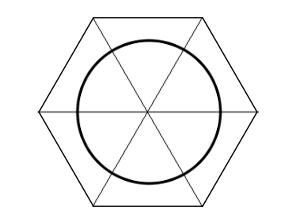
A neat observation by Japanese mathematician Jun Maekawa: If an origami model can be flattened without damage, then at any vertex (meeting of edges) in its crease pattern the number of “valley” folds and “mountain” folds always differ by two.
The single-vertex crease pattern above has five mountain folds (folds whose outer surface is colored) and three valley folds (folds whose inner surface is colored). (The fifth mountain fold is a bit hard to notice in this example — it’s folded flat at bottom right.)
One consequence of this is that every vertex has an even number of creases, and therefore that the regions between the creases can be colored with two colors.
Paper folder Toshikazu Kawasaki found a related theorem: At any vertex, the sum of all the odd angles is 180 degrees (and likewise the even).

